While it’s certainly not the homegrown hero that cars like the Falcon and Commodore are, we’re celebrating the Mazda3. Quietly one of Australia’s best selling cars until recently, the Mazda3 is a car that if you don’t own one, you definitely know somebody that does – I can think of at least 10 people with them. It’s a classless car that looks good anywhere it goes and in its career in Australia since its 2004 on-sale date, it’s sold over 550,000 examples.
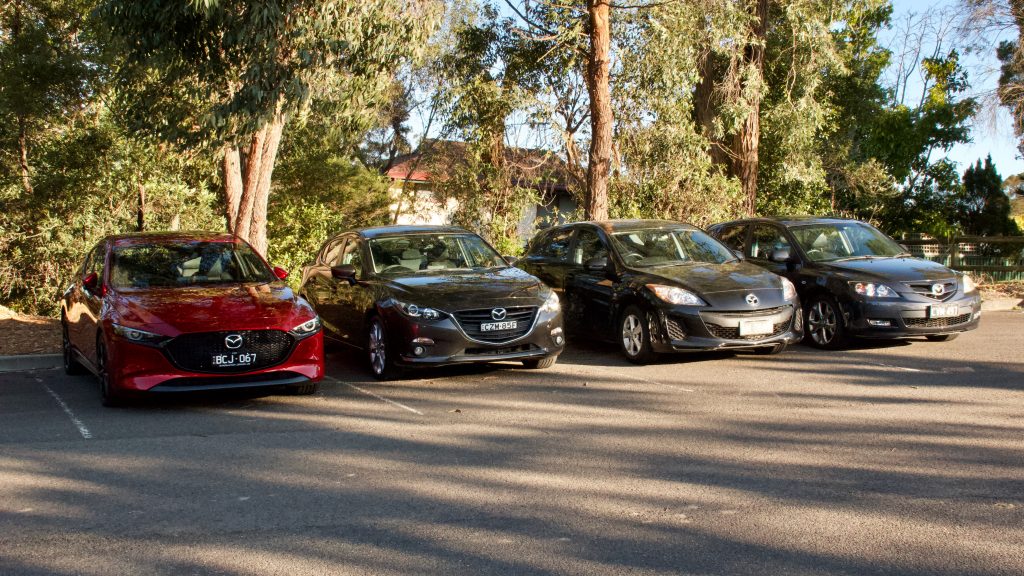
But unlike rivals such as the Toyota Corolla, here is a top-selling car that’s got life in it, and that hasn’t changed in four generations and 17 years. Here we’re taking a look at what made the Mazda3 such a success in Australia, why so many buyers love it and while it may not have been made in Australia, we think it’s an icon of Australia. Why do we love the Mazda3 so much? Read on.
Mazda3 BK Series: 2003-2008
The original Mazda3 was a burst of energy into the small car segment of the day – compared with the 323 that preceded it, and indeed rivals such as the Honda Civic, Hyundai Elantra and Mitsubishi Lancer, the Mazda3 was dynamic, fun, good value for money and did I mention fun? Clearly buyers were thinking the same thing as Mazda’s ‘zoom zoom’ ad campaign drove them into showrooms. While 2004 sales in Australia weren’t massive at just over 22,000 units, more than 10,000 more people bought the Mazda3 in 2005 and numbers only increased until the car hit its Aussie sales high in 2012 with almost 45,000 units sold.
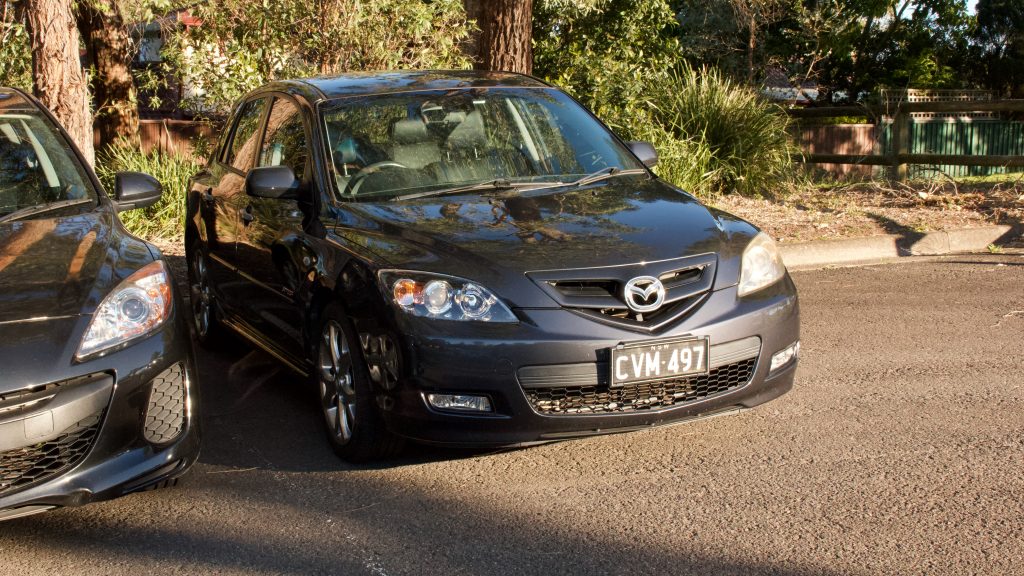
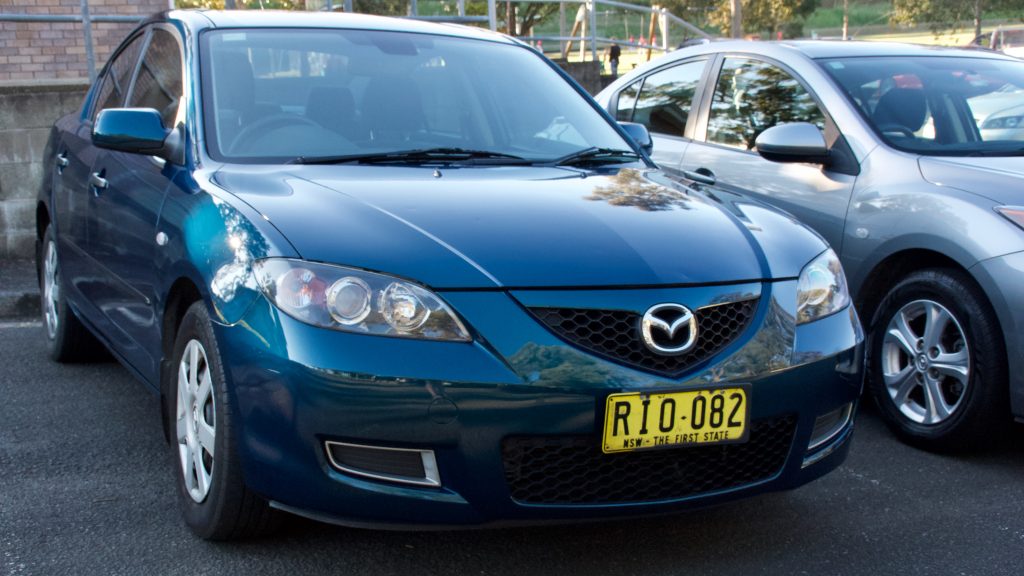
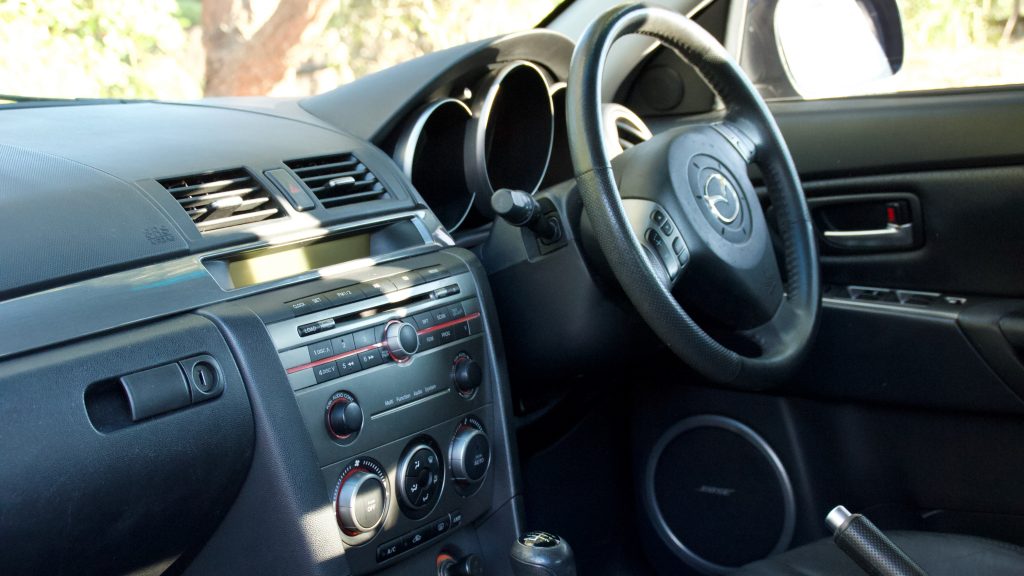
Based on Ford’s C1 platform that also underpinned the also-hugely-dynamic Ford Focus of the day, the BK Series Mazda3 was an exceedingly fun car to drive, and it looked great as well. When it launched in January 2004, it offered in four main specs in Australia: the entry-level Neo, the mid-spec Maxx and Maxx Sport and the top-spec SP23. The SP23 offered a 115kW/203Nm 2.3-litre petrol engine, while the lesser models were equipped with a 108kW/182Nm 2.0-litre engine – a five-speed manual or four-speed auto were available until the mid-life update in 2006, when an extra gear was added to both transmissions.
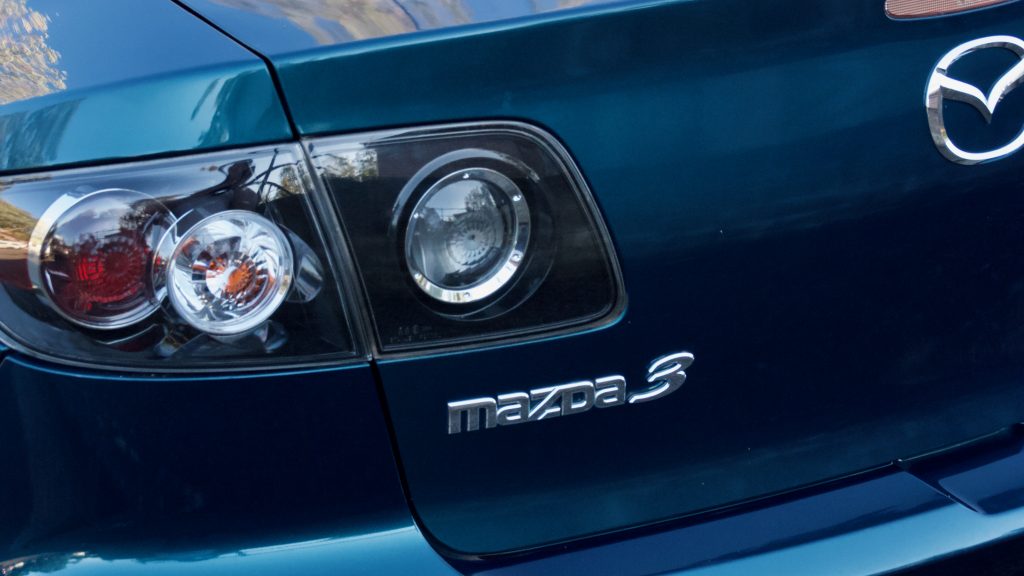
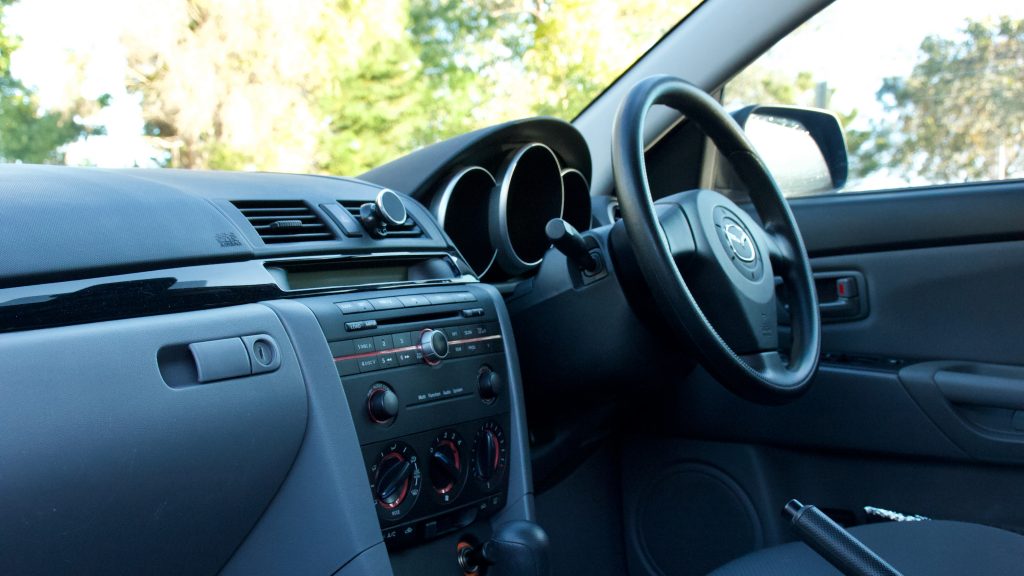
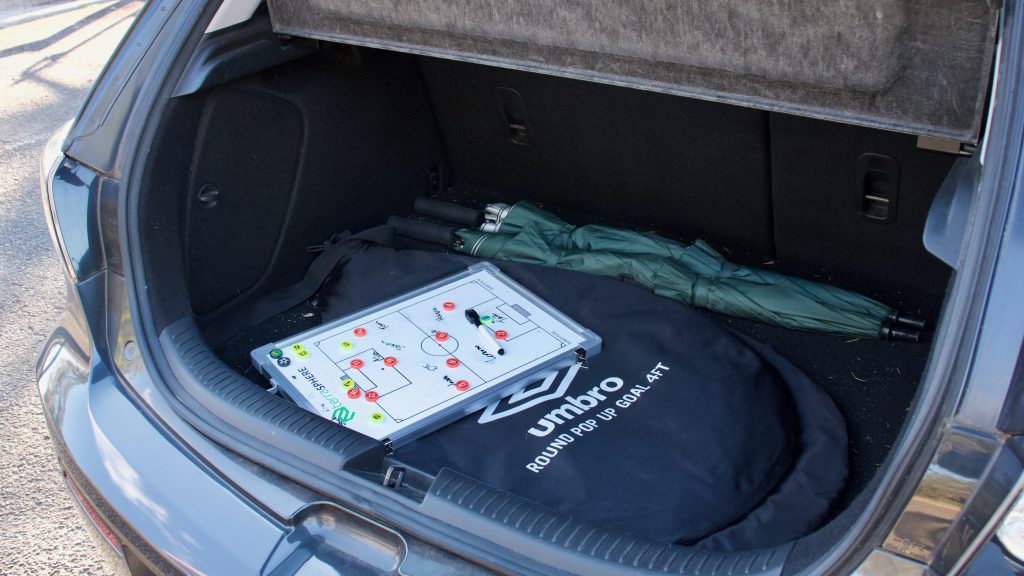
The mid-life update of the BK Series Mazda3 also included a light styling refresh, new colours, more safety equipment and a widening of the engine range: a 105kW/360Nm 2.0-litre turbo diesel in the Maxx Sport or a 190kW/380Nm 2.3-litre turbo petrol in the MPS hot hatch, both only with a six-speed manual, were added to the range. In all, over 165,000 first generation Mazda3s were sold in Australia – not bad for a new model to market, and in 2006, the car ranked fourth in overall sales locally.
Mazda3 BL Series: 2008 – 2014
Revealed in late 2008 before going on sale in Australia not long afterwards, the BL Mazda3 ushered in a big stylistic and technological update for one of Australia’s best selling cars. While it sat on the same platform as the previous model, it grew in dimensions and was overall more comfortable and more luxurious thanks to a new range of standard features across the range. Later in its life, the BL Series was available with inbuilt sat nav, Bluetooth, a reversing camera, bi-xenon headlights, auto lights and wipers, dual-zone climate control and even an 11-speaker sound system.
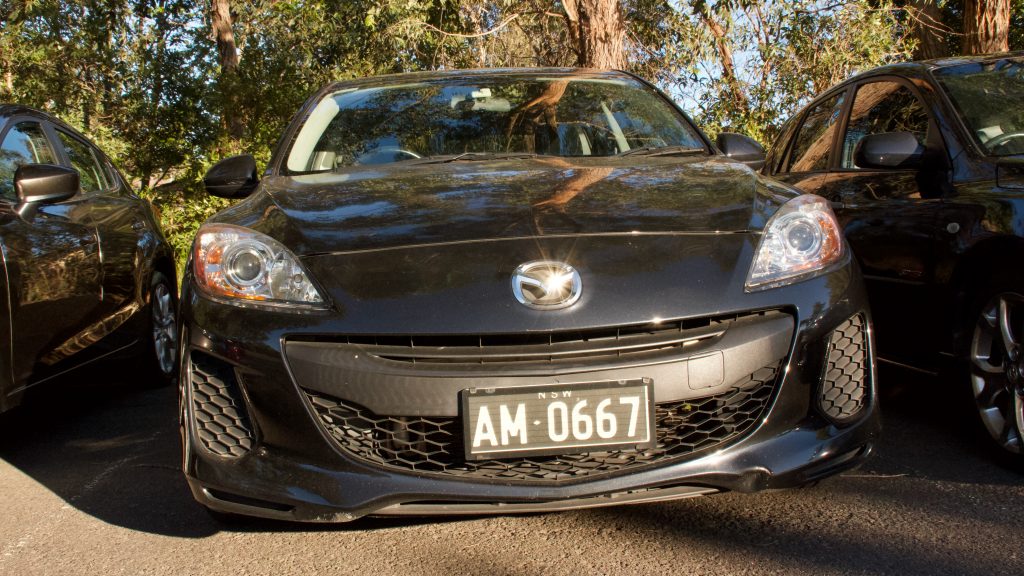
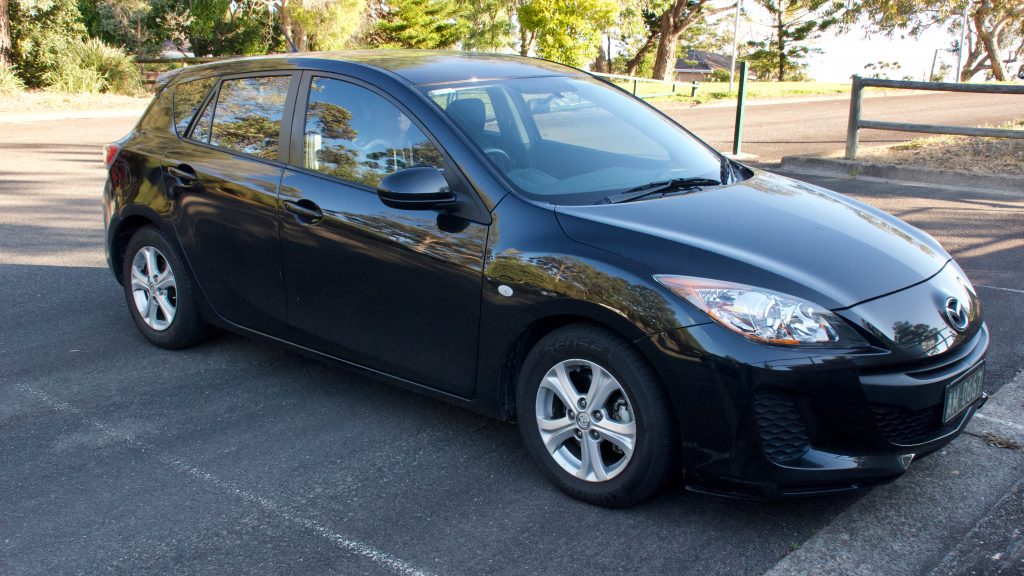
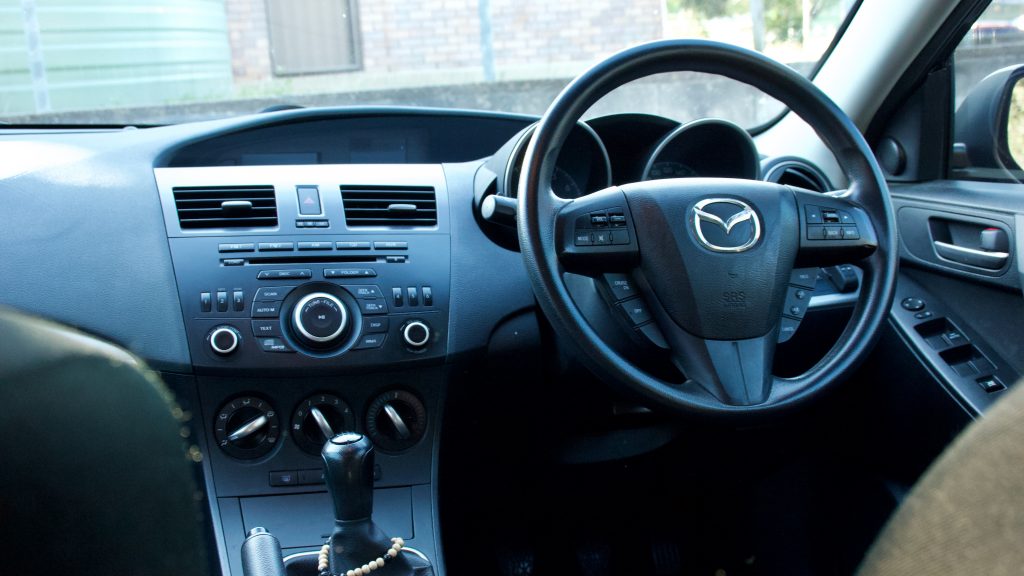
The 108kW 2.0-litre petrol engine continued from the previous generation of the car, though the SP23 became the SP25 thanks to a slightly larger 122kW/227Nm 2.5-litre petrol engine that also powered the larger Mazda6 of the day. The MPS continued with its 190kW 2.3-litre turbo petrol engine, as did the diesel offering but the biggest news with drivetrains was the 2.0-litre SkyActiv-G petrol engine that launched under the SP20 name. Offering a high compression ratio and tech like auto start/stop, the new engine offered 6.6 per cent more power, 4.4 per cent more torque and yet a 25 per cent reduction in combined fuel consumption to just 6.2L/100km.
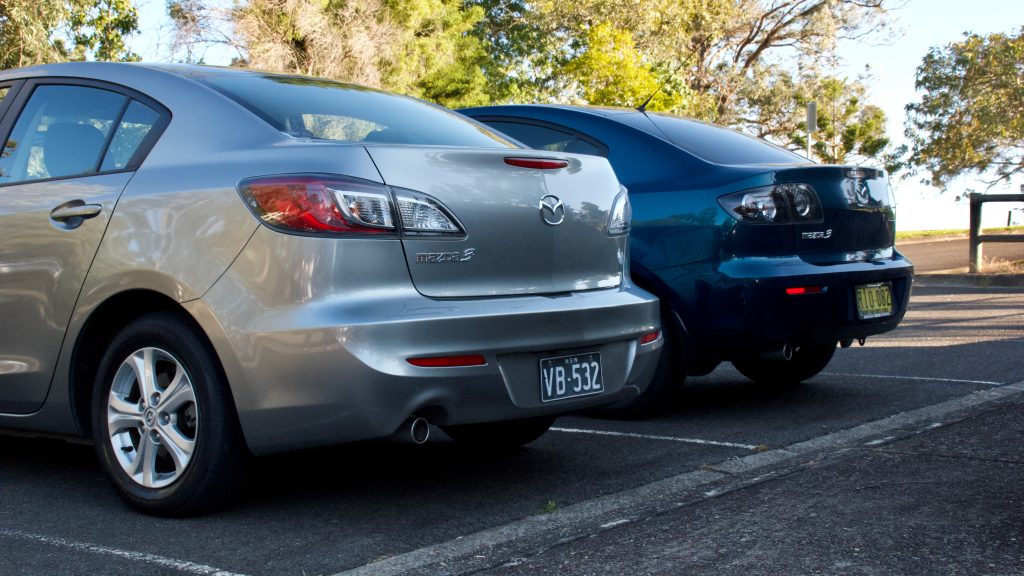
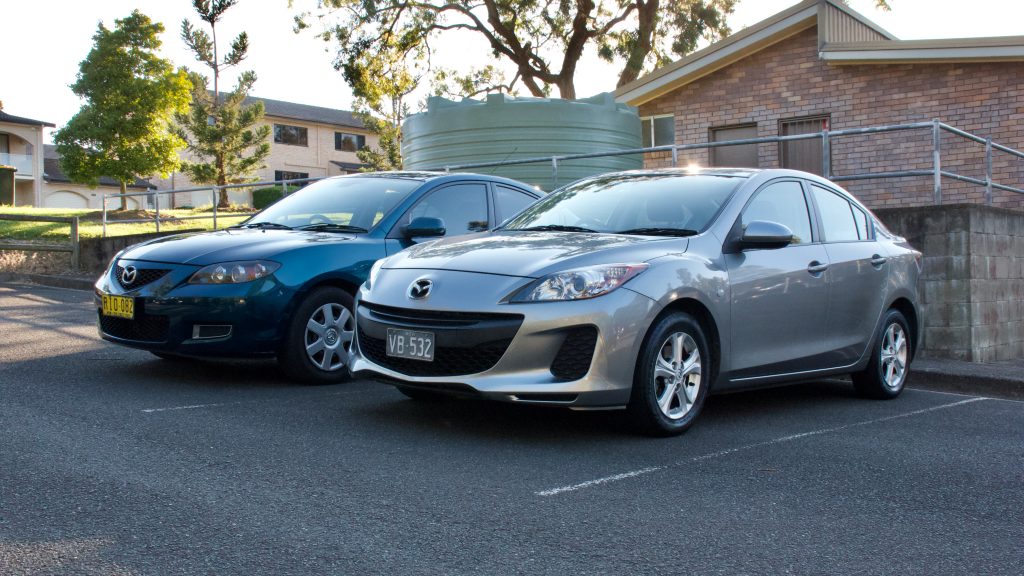
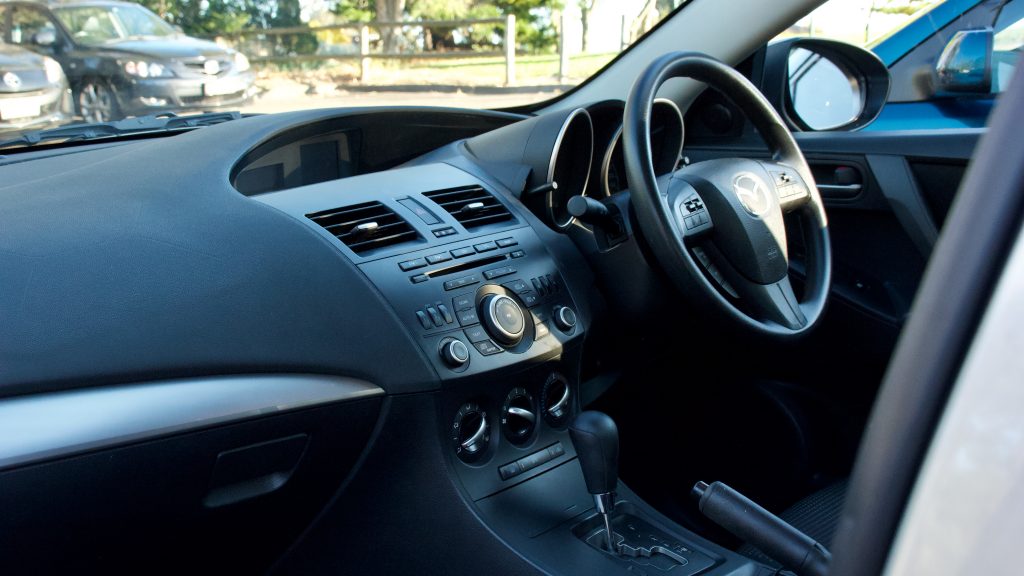
Mazda3 sales hit a high in 2012 in Australia with over 44,000 units sold, largely thanks to sharp run out deals that could have you in one from around $20,000 drive away and an increase in standard equipment, including the pre-update’s safety package that included six airbags and stability control. With such good value for money on offer, it was no shock that the BL Mazda3 was the top selling car locally in both 2011 and 2012.
Mazda3 BM/BN Series: 2013 – 2019
The third-generation of Mazda3 brought a lot of firsts for the nameplate and indeed the Mazda brand. All engines fell under the SkyActiv technological branding that the then-new CX-5 and Mazda6 had introduced not long before – in Australia, a choice of a 114kW/200Nm 2.0L, a 138kW/250Nm 2.5L petrol or a 129kW/420Nm 2.2-litre twin-turbo diesel was available. The BM Mazda3 also introduced MZD Connect, Mazda’s new generation of infotainment system with a rotary wheel controller, to the Mazda brand and all models in the range bar the entry level Neo were equipped with it as standard.
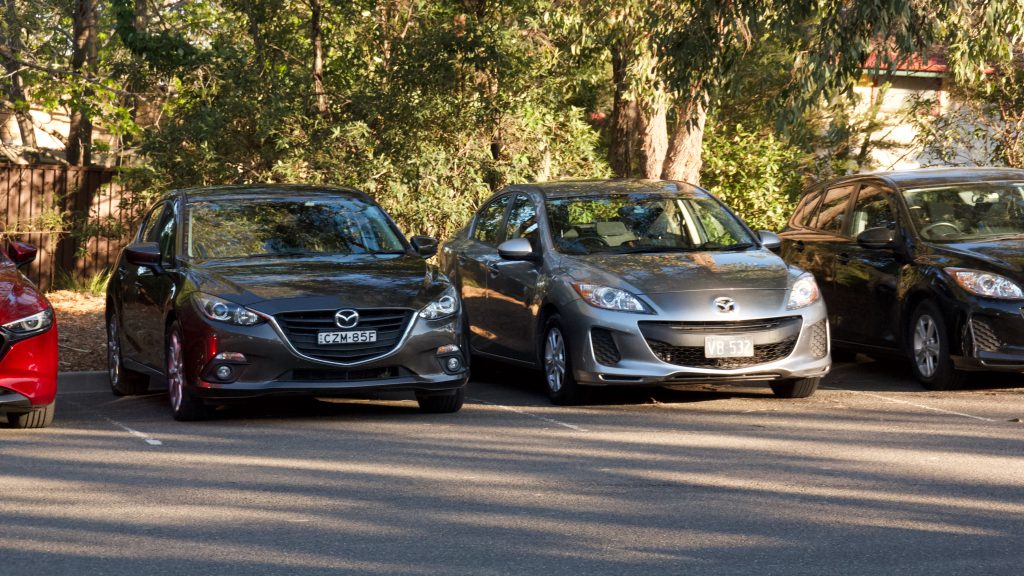
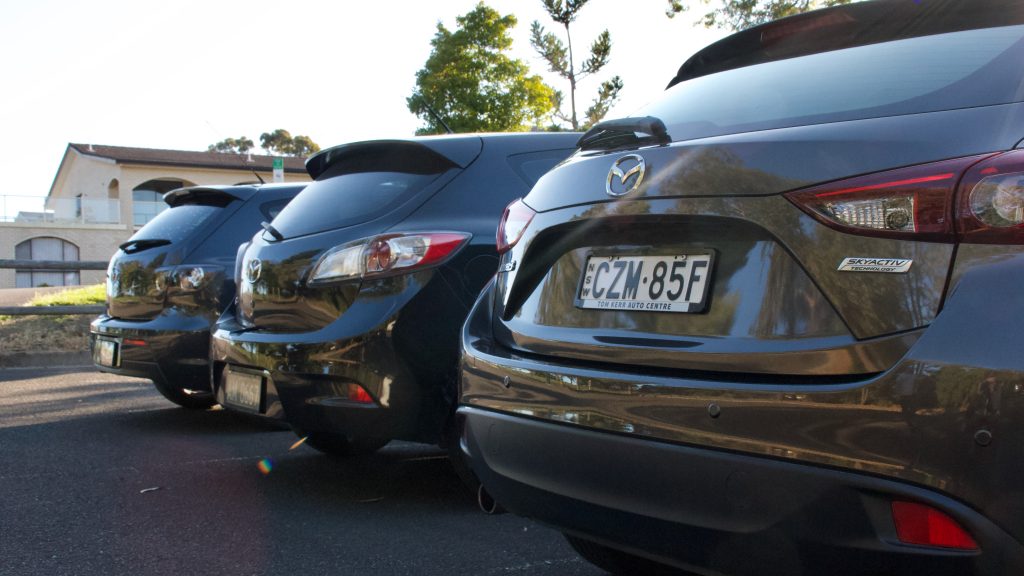
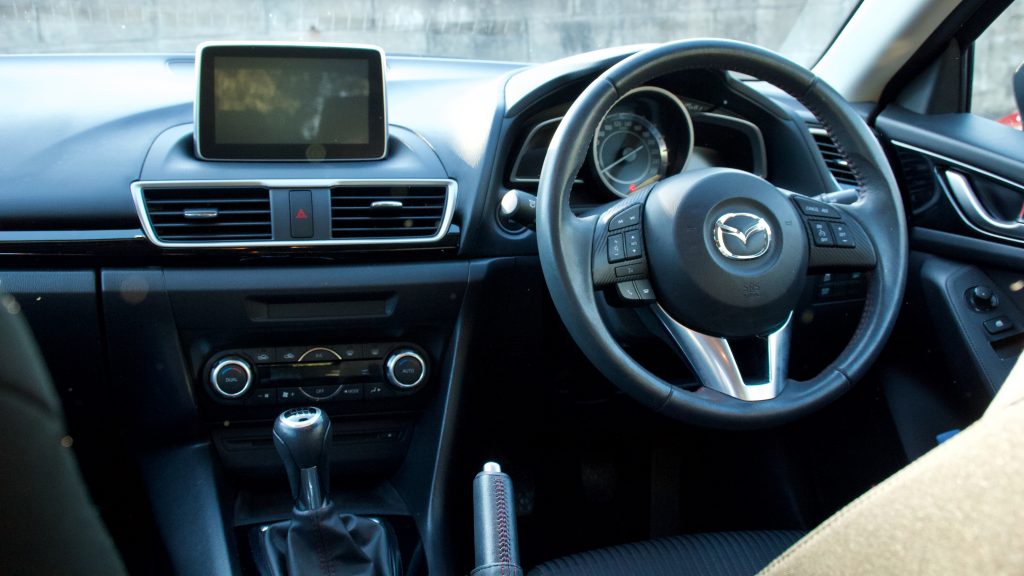
The BM Mazda3 also rode on a new platform that made the car not quite as dynamic as its predecessor, but more comfortable and spacious. For the first time as well, a number of active safety technologies such as automatic emergency braking (AEB), blind spot monitoring, rear cross-traffic alert, radar cruise control and automatic high beam headlights were available – crucially, auto braking was available throughout the range and made standard with the BN mid-life update in 2016.
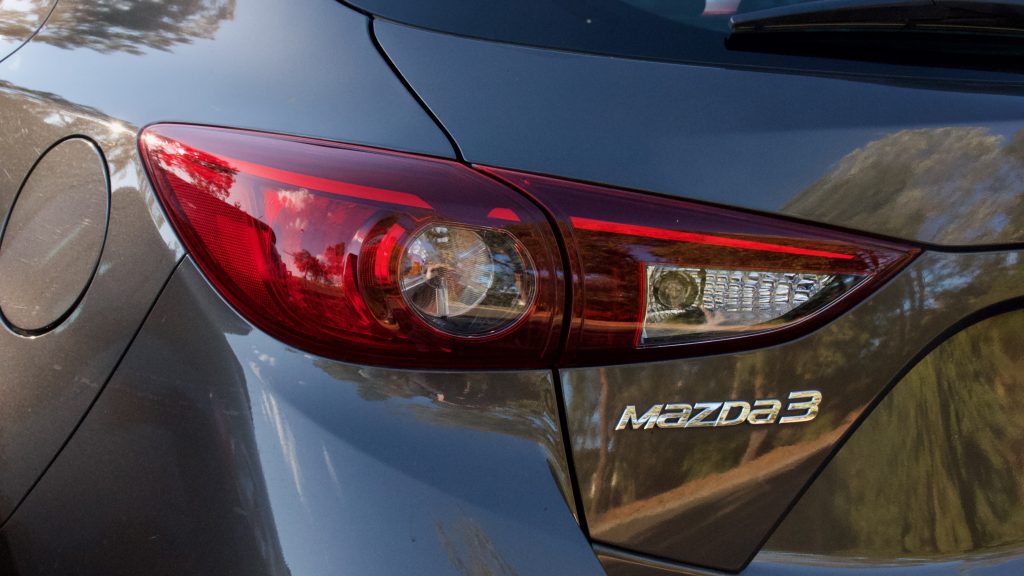
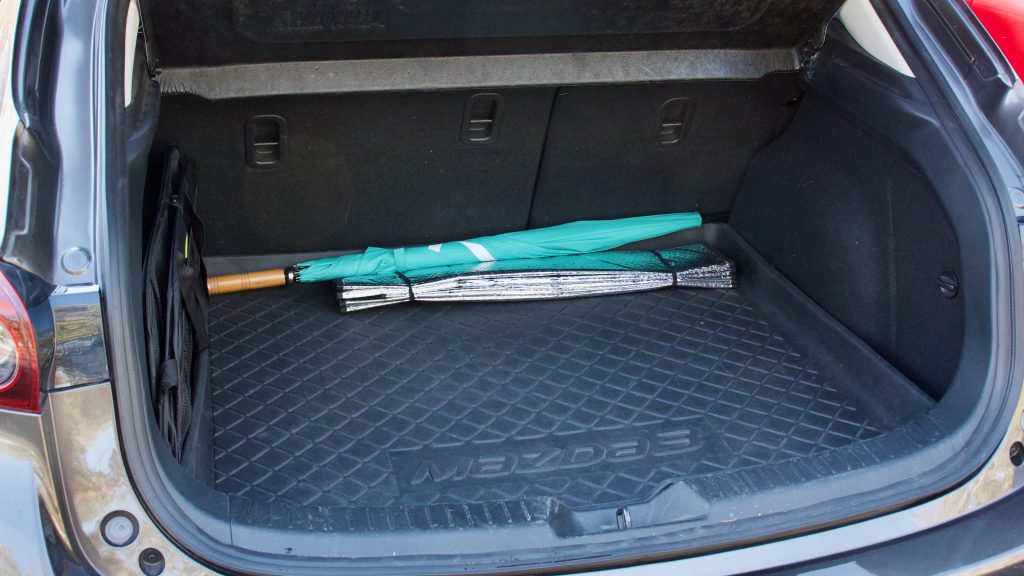
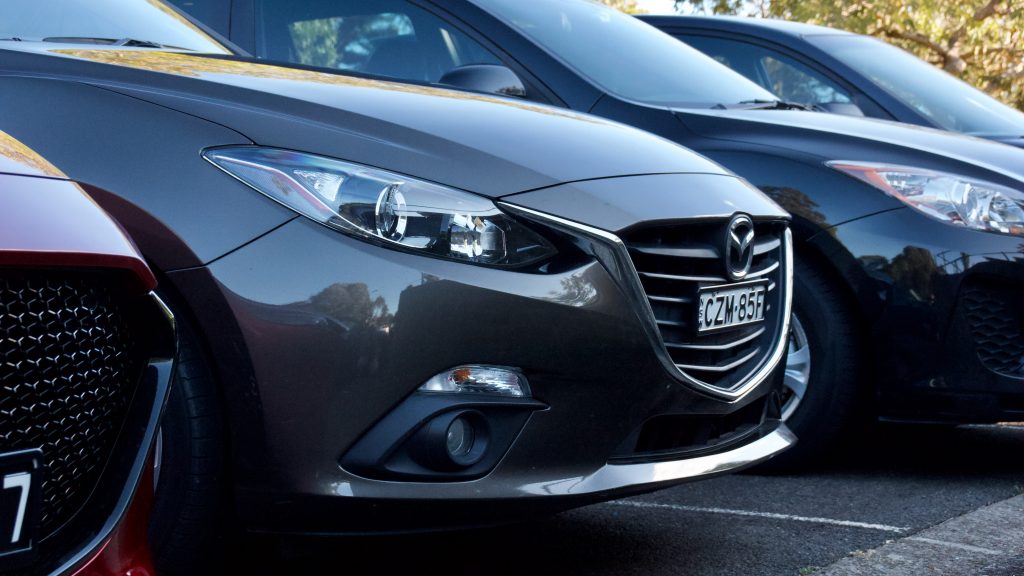
The BN Mazda3 also brought a number of under-the-skin updates such as slightly more powerful engines, massaged ride and handling, as well as more sound deadening. It also brought more equipment, and as the car was now in run out with the fourth-generation model fast approaching, the BN Mazda3 was seriously good value for money – a fairly well loaded Maxx Sport auto could be had for under $25,000 drive away, which was a fair bit less than what the next generation car started at.
Mazda3 BO Series: 2019 – present
The BO Series Mazda3 sedan and hatchback were revealed in late 2018 at the Los Angeles Motor Show, riding on a new platform (that featured a torsion beam rear suspension set up for the first time) that was claimed to make the car the quietest and most luxurious yet. Its design and interior quality were a clear step up from the BM generation of the car, and the sedan and hatchback now offered two distinct styles: the sedan was more pedestrian and practical, while the hatchback was much more coupe-like and sporty in its appearance.
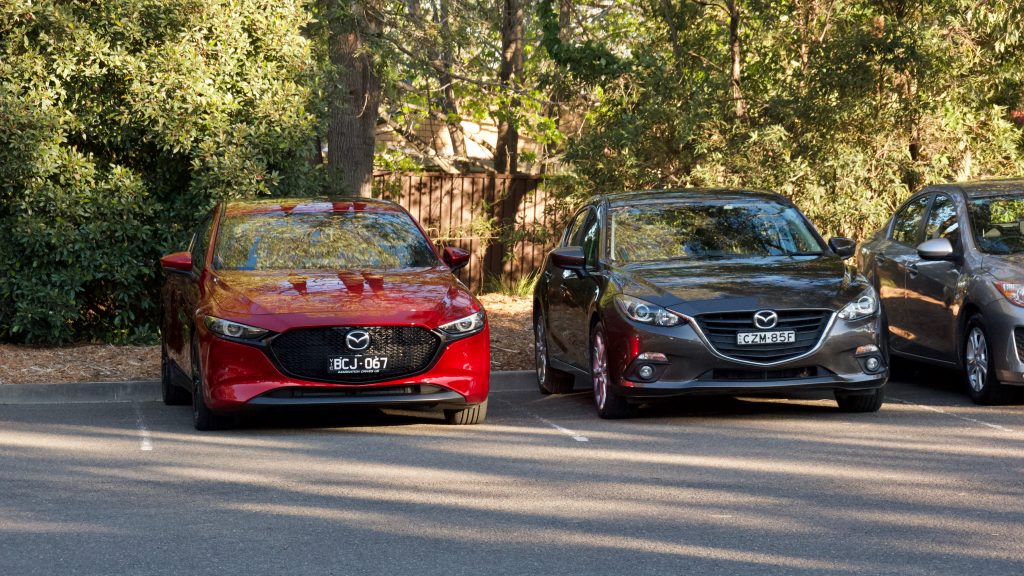
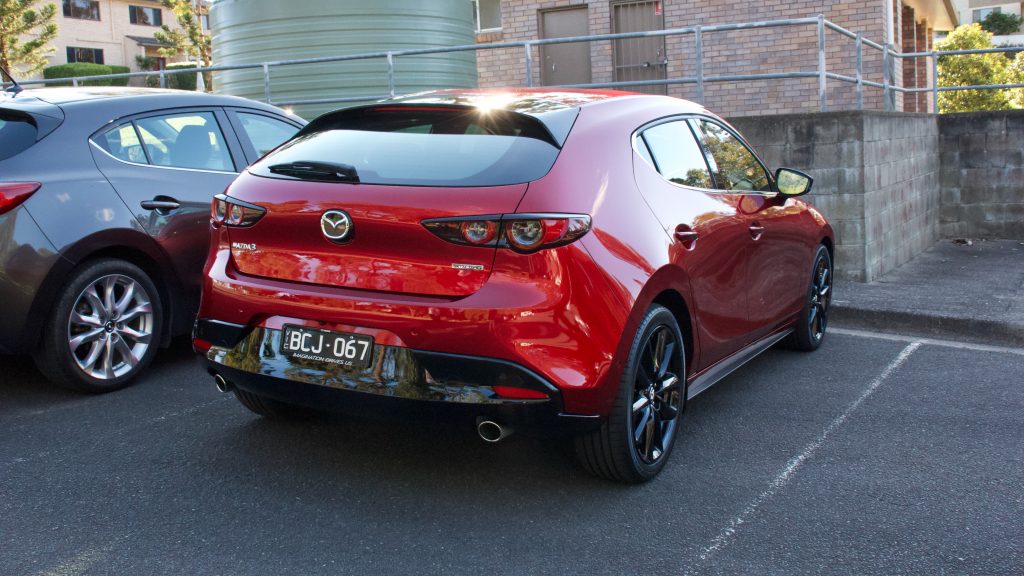
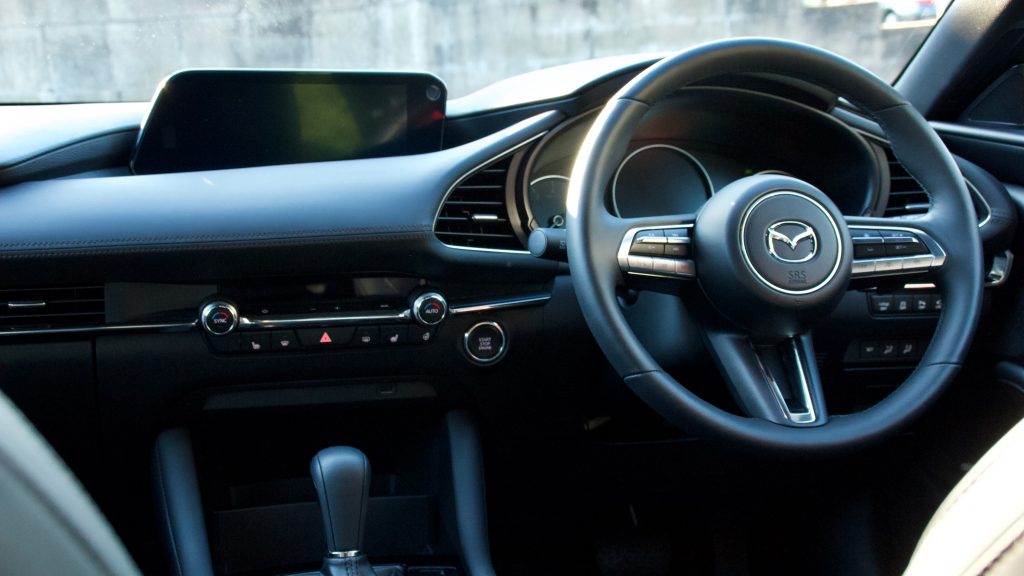
Mazda also expanded the engine range available on the BO Mazda3 range – while the 2.0L and 2.5L SkyActiv-G petrol engines from the previous car had been continued in upgraded form, the company also launched a spark-controlled compression ignition engine called SkyActiv-X. In 2.0L form, it produces 132kW of power and 224Nm of torque for big gains in efficiency and emissions output – key to grabbing sales in the European market, where cars are taxed based on how much they pollute. The North American market (and hopefully here in Australia too!) also received the 184kW/420Nm 2.5-litre turbo petrol engine and all-wheel drive system from the larger CX-9 for a sportier and faster variant simply called ‘Mazda3 Turbo’.
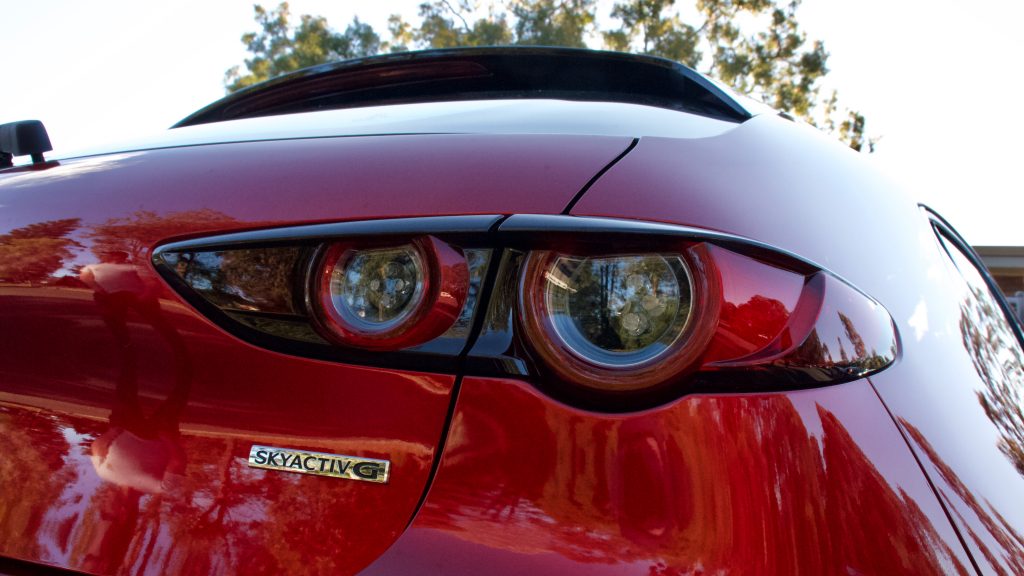
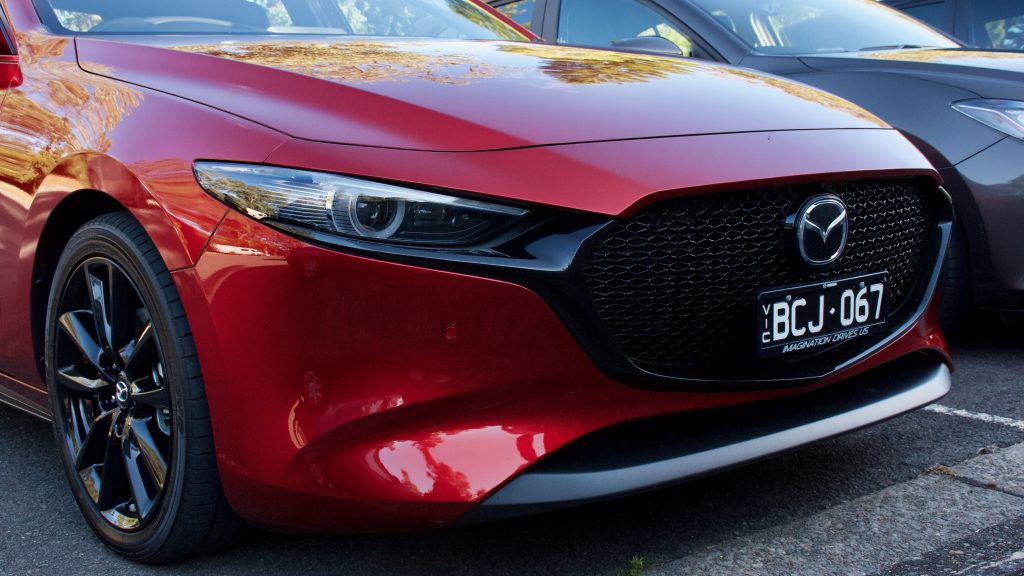
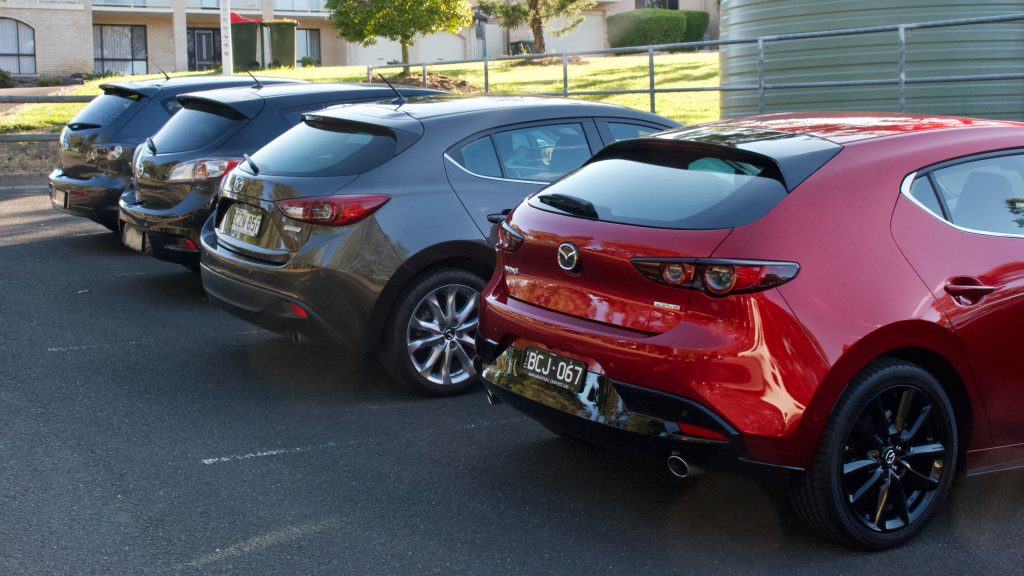
The cabin of the BO Series Mazda3 was a big step forward for the brand in both quality and design – it’s a very minimalist space but soft materials cover almost every piece of trim and it really gives more premium-badged cars such as the Audi A3, BMW 1 Series and Mercedes-Benz A-Class a run for their money. Thanks to this and that even the entry-level model in Australia is insanely well equipped, the entry price of the Mazda3 increased to over $30,000 once on-road costs are included – sales in 2019 were less than half of what they were in 2018, though that’s also to do with the rise of the SUV and Mazda’s own CX-30 (which is based on the Mazda3).
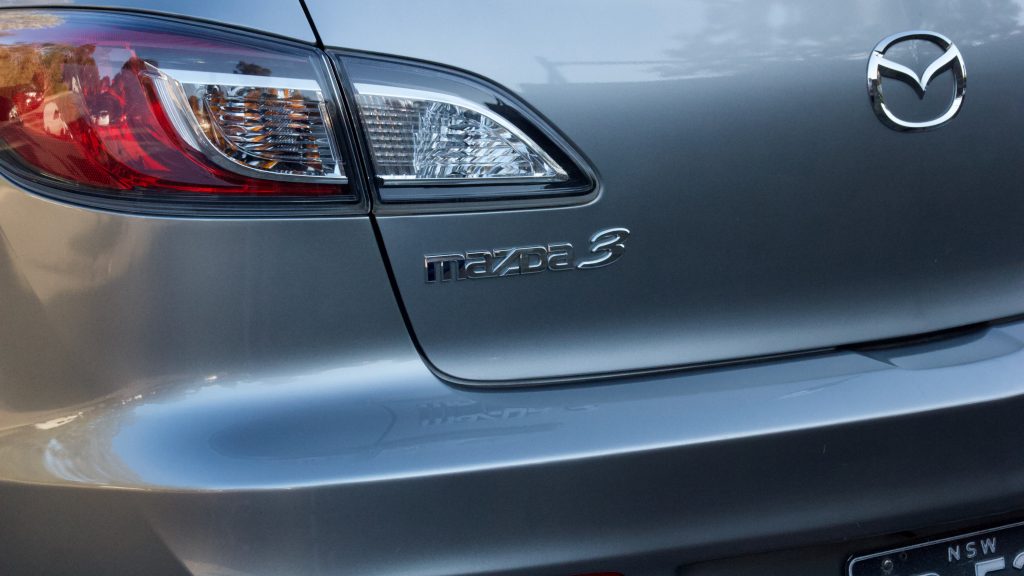
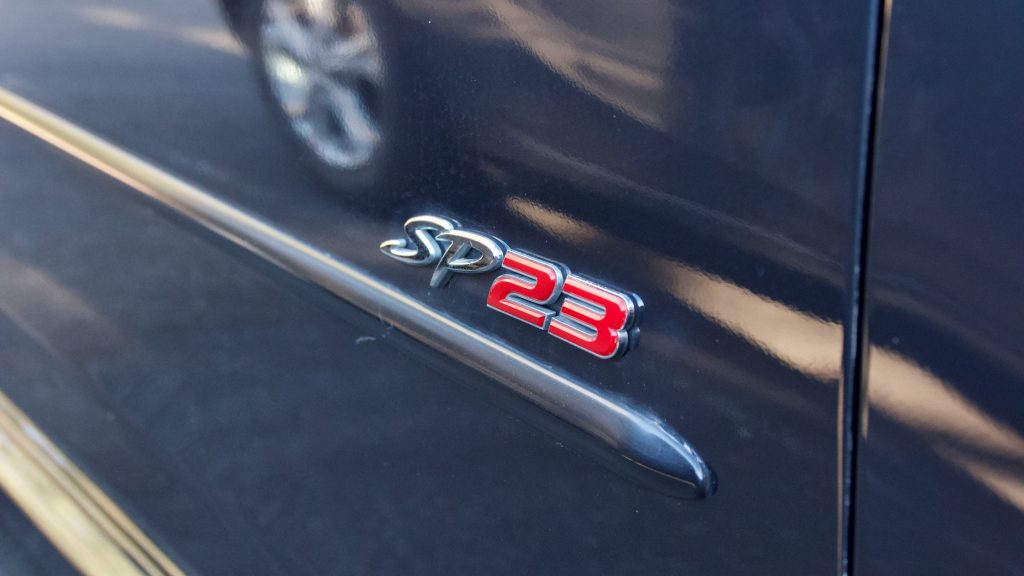
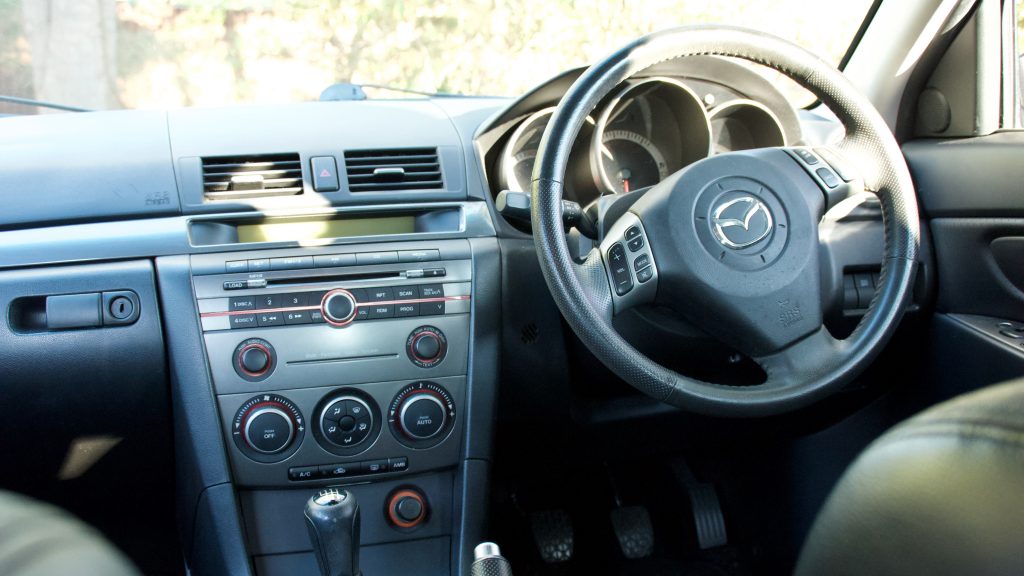
In a country dominated by brand loyalty, it’s great to know that just after peak popularity of large family sedans, a humble but fun and stylish small car called the Mazda3 was able to fly in from nowhere and steal a pretty huge amount of sales from a whole multitude of cars. Of course, small car sales were huge in those days – much more so than now – so simply playing in the field would’ve given Mazda big marketshare, but adding in the typical Japanese reliability, a well designed and fun Ford platform, modern engines, good value for money, excellent driving dynamics, good quality and handsome styling clearly made the Mazda3 a success.
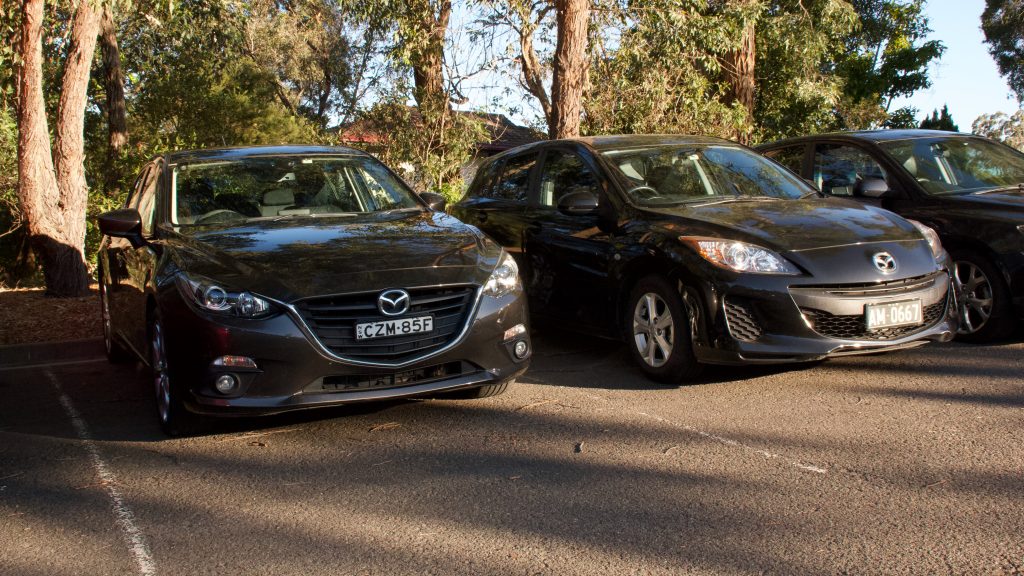
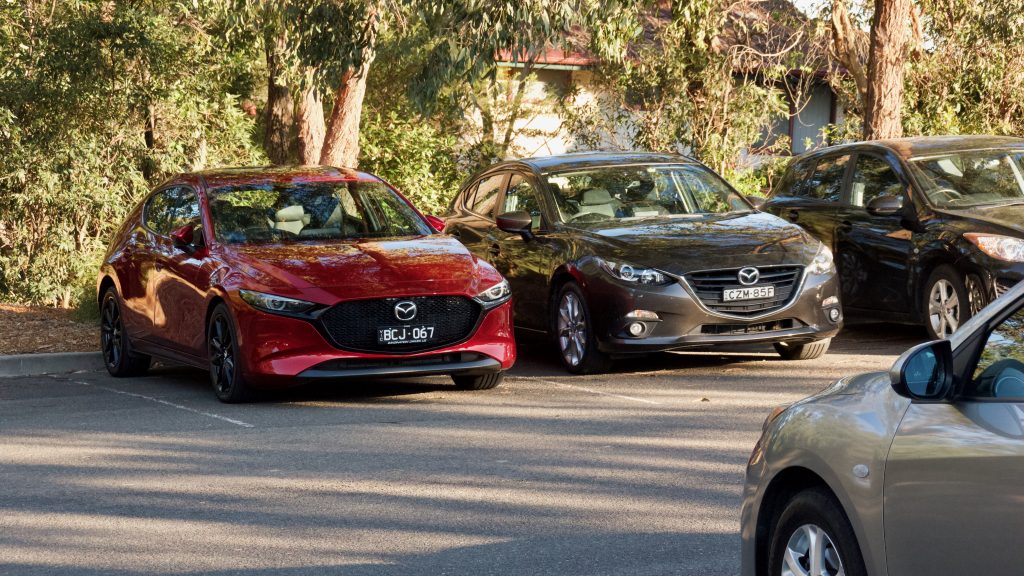
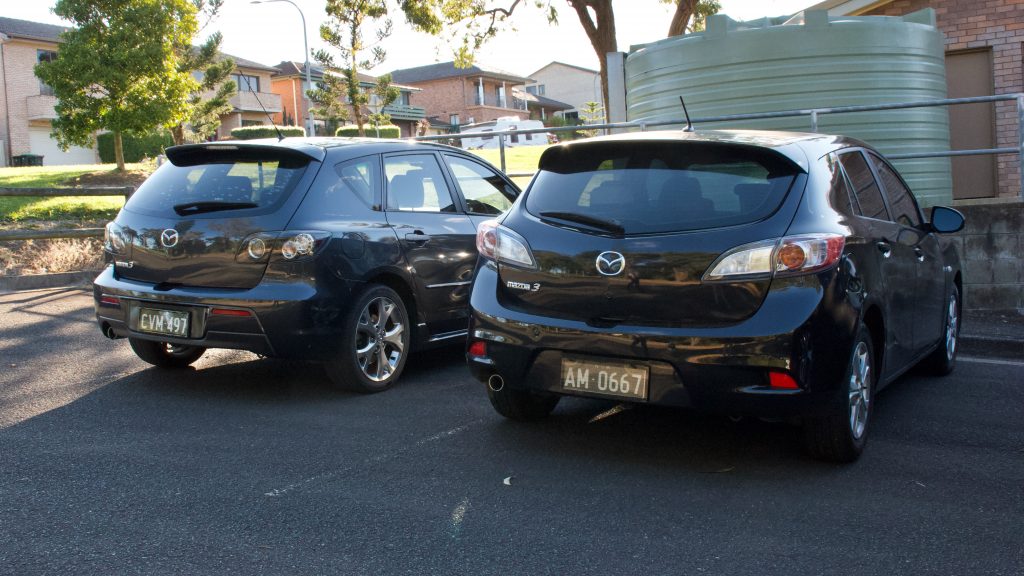
Even in the face of much higher pricing and the SUV onslaught, sales of the current shape are still positive. After all, almost 20 years of loyal ownership does just that: keeps buyers coming back for more.
A big thank you to Julie Currey, Anna Minale, Cristian Minale, Josh Jeffery, Jenny Jeffery and Rachel Chow for lending their Mazda3s for this shoot.
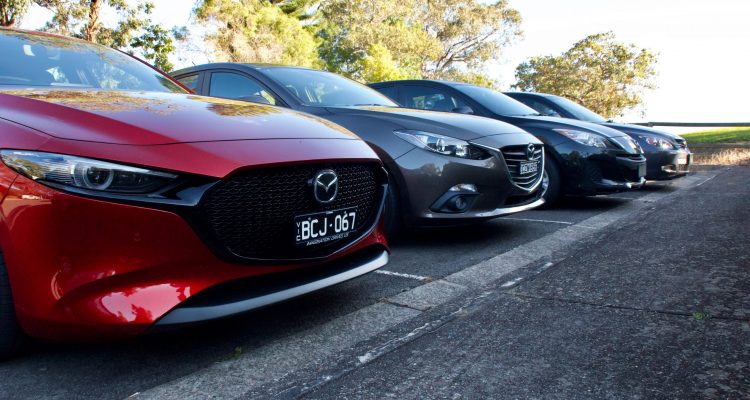
Leave a Reply